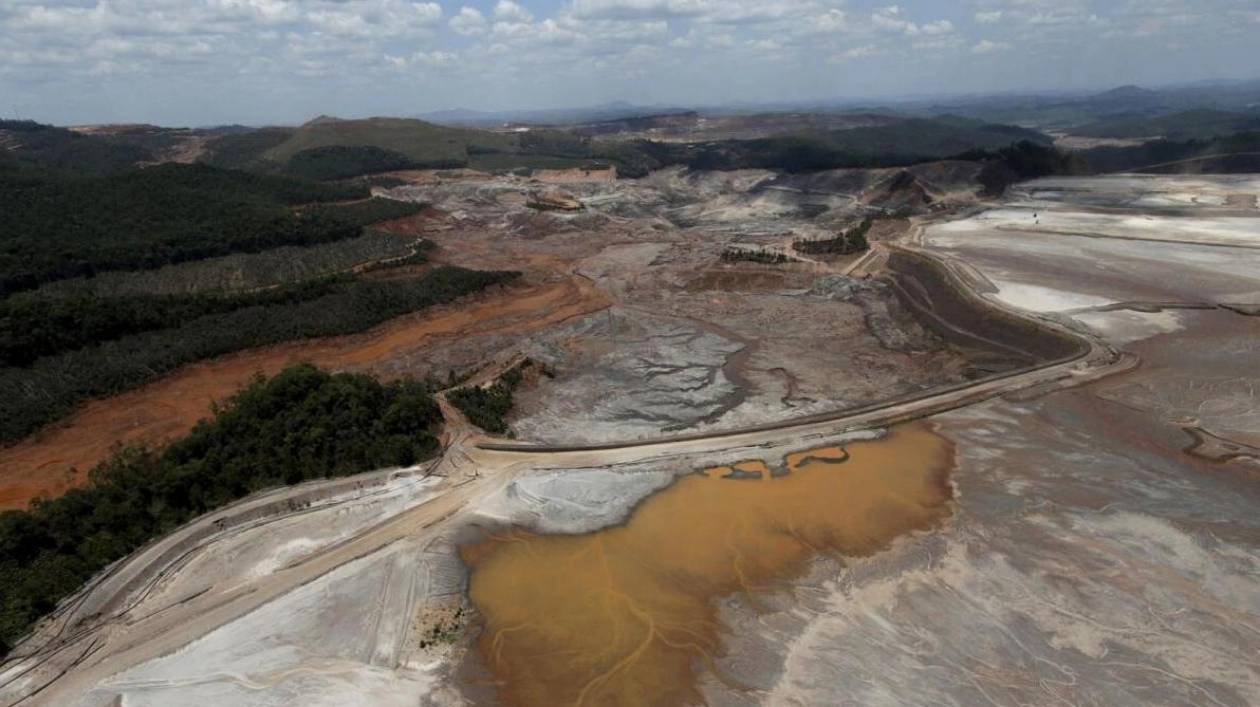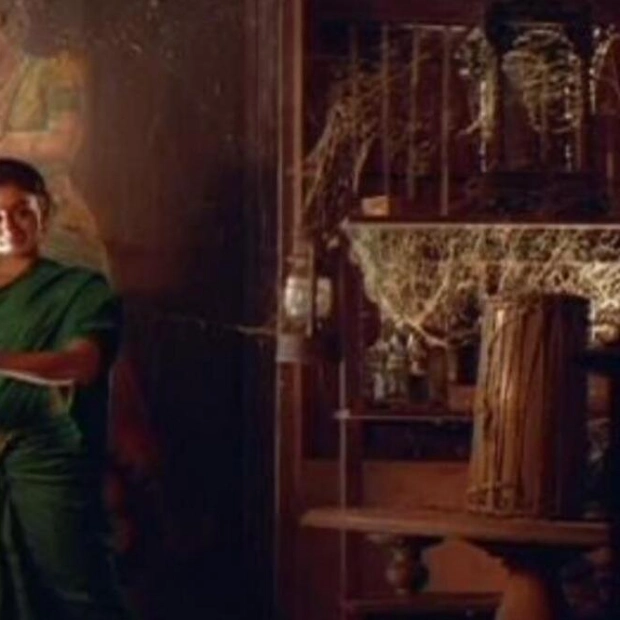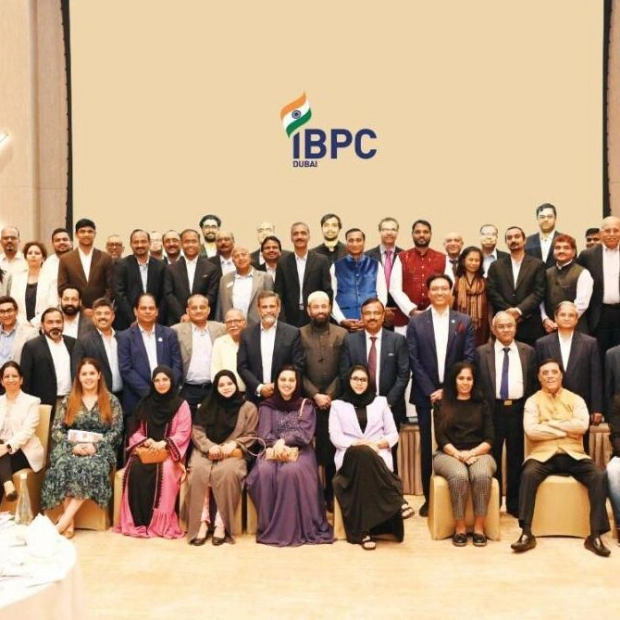A dam jointly owned by Vale SA and BHP Billiton Ltd burst in Mariana, Brazil, on November 10, 2015, causing widespread devastation. – Reuters file
Emanuele Vitoria, a five-year-old girl, was at home with her father and brother when a torrent of toxic mud swept through the tranquil village of Bento Rodrigues in southeastern Brazil nine years ago. Her body was discovered five days after Brazil's most severe environmental disaster on November 5, 2015. The disaster was sparked by the collapse of a tailings dam at an iron ore mine operated by Samarco, a joint venture between Brazilian mining giant Vale and Australian miner BHP. Emanuele was one of 19 people who lost their lives in the mudslide.
"We felt as if our whole world had collapsed," her mother, Pamela Rayane Fernandes, told AFP. The dam's collapse unleashed a flood of over 40 million cubic meters of highly toxic mining waste, equivalent to filling 12,000 Olympic swimming pools. The ochre-colored sludge from the dam in Mariana inundated a dozen downstream villages in Minas Gerais state. Over 30 towns and villages were affected, with Bento Rodrigues being one of the hardest hit.
On Monday, the High Court in London will begin examining whether BHP, which had global headquarters in both the UK and Australia at the time of the dam's collapse, is liable for the disaster. More than 620,000 plaintiffs, including numerous local authorities, Indigenous communities, and businesses, are seeking 36 billion pounds (47 billion dollars) in damages from BHP. BHP claims that over 200,000 of the plaintiffs have already been compensated. The company's Renova Foundation, responsible for compensation and rehabilitation programs in Brazil, has disbursed over 7.8 billion dollars in emergency financial aid.
Rayane Fernandes, 30, was relocated to Cachoeira do Brumado, 45 kilometers (30 miles) from Bento Rodrigues, following the disaster. She received compensation for her daughter's death but believes it was only a fraction of what she is owed. "I will continue to seek justice," she said, viewing the London trial as her last hope.
The mudslide engulfed the homes of over 600 people, including Mauro Marcos da Silva, a 55-year-old car mechanic. "I was literally born here," he told AFP, pointing to one of the walls of the house still standing in Bento Rodrigues, now overgrown with weeds. "Here are my roots and my ancestors," he said. "That sense of belonging, the friendships, family, money cannot buy that and it cannot be rebuilt."
Monica dos Santos, a 39-year-old lawyer advising an organization representing the victims, also lost her home in the village. She is convinced BHP "knew there were problems with the dam and knew what it had to do and did not do it." She rejected the compensation deal offered to the victims in Brazil, stating that the victims were not involved in the negotiations. "We really hope that the English courts will do what the Brazilian justice system has failed to do so far," she said.
Bento Rodrigues was declared unfit for human habitation after the disaster and abandoned. Nearly a decade later, a new village built to rehouse the victims, Novo Bento Rodrigues, is still under construction. The mud from Mariana traveled 670 kilometers along the Doce River to the Atlantic Ocean, devastating the surrounding ecosystem. At least 6,000 families who relied on fishing found themselves without a livelihood. A recent scientific report revealed that the mouth of the river and parts of the coastline of Espirito Santo and Bahia states, neighboring Minas Gerais, were still contaminated with metals from the spill. The Brazilian government's report in September stated that the populations of fish, birds, turtles, porpoises, and whales had all been affected. BHP maintains that the quality of the river water has returned to pre-disaster levels.
Source link: https://www.khaleejtimes.com






